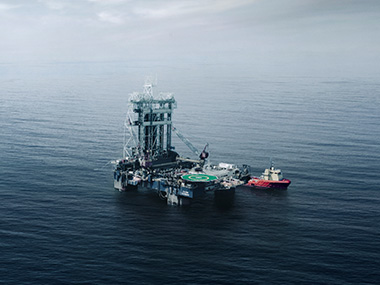Why do we expect a tighter market balance in 2026–27 and higher prices?
The EUA market is likely to shift from balance in 2024–25 to a clear deficit in 2026–27. The main drivers of this tightening are:
- Steeper Linear Reduction Factor: From 2024 the LRF was raised from 2.2% to 4.3% per year, and from 2028 it increases further to 4.4%.
- RePowerEU auctions and “repayment”: To finance energy transition projects under RePowerEU, the EU in 2022 front-loaded allowances for sale from the 2023–26 period. These extra auctions end in August 2026, which, on a net basis, removes allowances from the market and leaves fewer available in the future.
- Market Stability Reserve (MSR): The MSR continues to absorb excess allowances, preventing the buffer from being rebuilt. With rising demand, the reserve amplifies scarcity.
- Phase-out of free allocations: From 2026, sectors covered by the Carbon Border Adjustment Mechanism will lose part of their free allocation, increasing auction demand.
- Rising demand: From 2026, the maritime shipping sector must cover 100% of its emissions (40% in 2024 and 70% in 2025), adding 70–80 Mt of annual EUA demand.
Our forecast assumes the market acts rationally. This means that participants over the coming quarters will start to price in a tighter balance in 2026–27. This may occur through increased speculative buying, as well as compliance buyers increasingly hedging future obligations by purchasing EUAs in the spot or forward market.
There is, of course, uncertainty on the supply side. The EU could intervene if prices rise excessively at a time when energy-intensive European industry is already under severe pressure. Such intervention could come through a direct adjustment of the balance (injection of EUAs). As seen in 2022 with RePowerEU, it could also take the form of front-loading future sales, such as those from 2028–30, into the “tight” years of 2026–27.
There is also uncertainty on the demand side. We may be underestimating the decline in CO₂ emissions, especially in the power sector. The expansion of renewables has exceeded expectations over the past two years, and this trend is likely to continue. A European recession would reduce EUA demand. We may also be underestimating the effect of U.S. tariffs.
Overall, we assess that the risks tilt to the downside relative to our base case, implying a price increase above EUR 100/MT in 2026.
We would stress, however, that once the market begins to price in a tighter balance, it is likely to occur over a relatively short period, via a sharp increase in prices.
We recommend a high hedge ratio for EUA exposure
Based on our price outlook and the assessment that a tighter balance will be priced through a sharp rise already in 2026, we recommend a high hedge ratio. This is particularly relevant if we see a price correction following the recent rally, down to the EUR 70–74/MT range in Q4.
The ECB rate cuts have contributed to a flatter EUA forward curve, reflecting the lower interest rate curve.
It is also worth considering using current price levels for more strategic hedging — further out on the curve and at a higher hedge ratio than the benchmark. This can be implemented either through spot purchases of EUAs or via forward contracts.
Contact Dan-Bunkering for more information.












